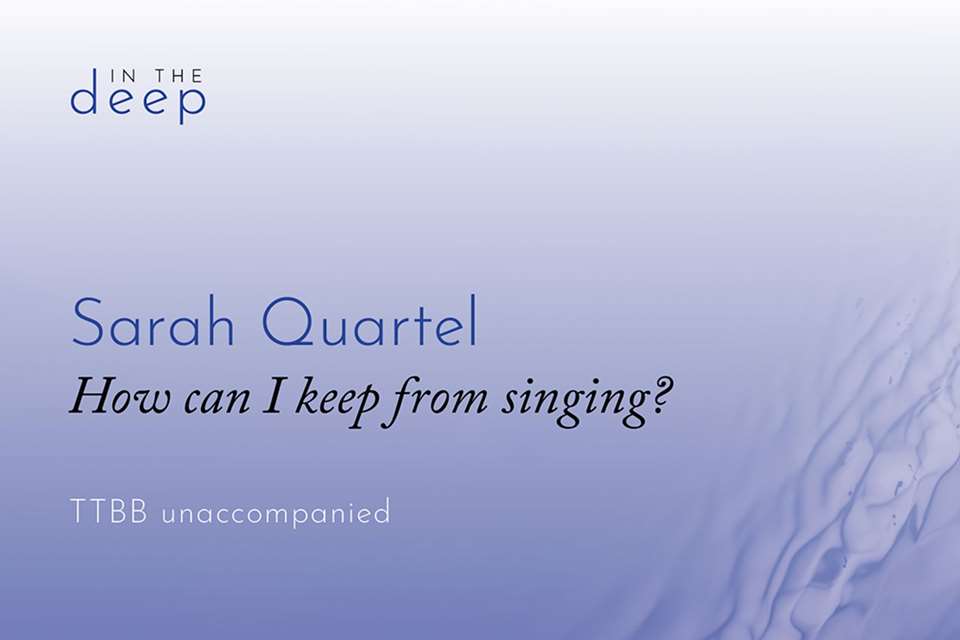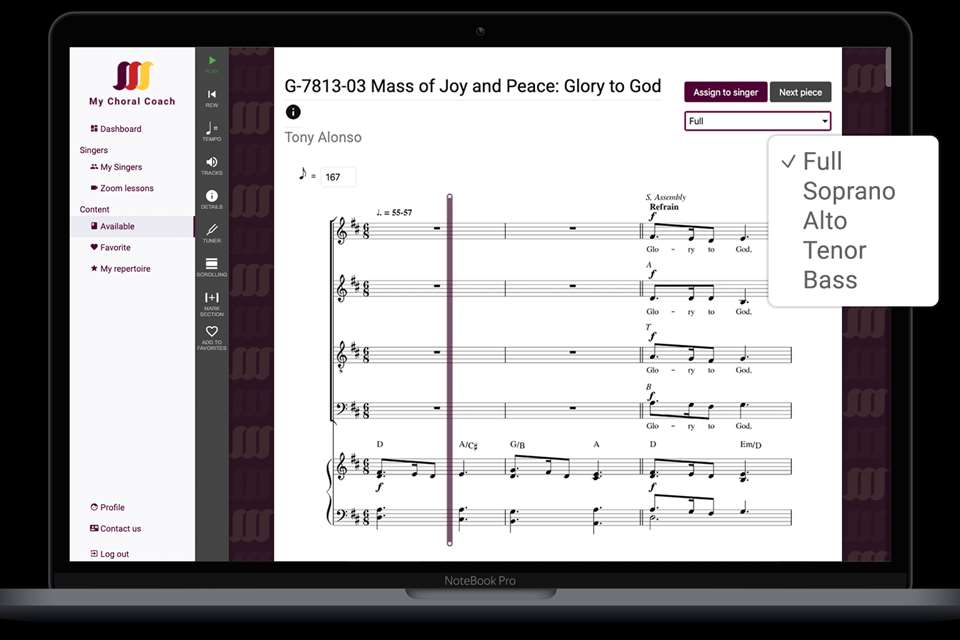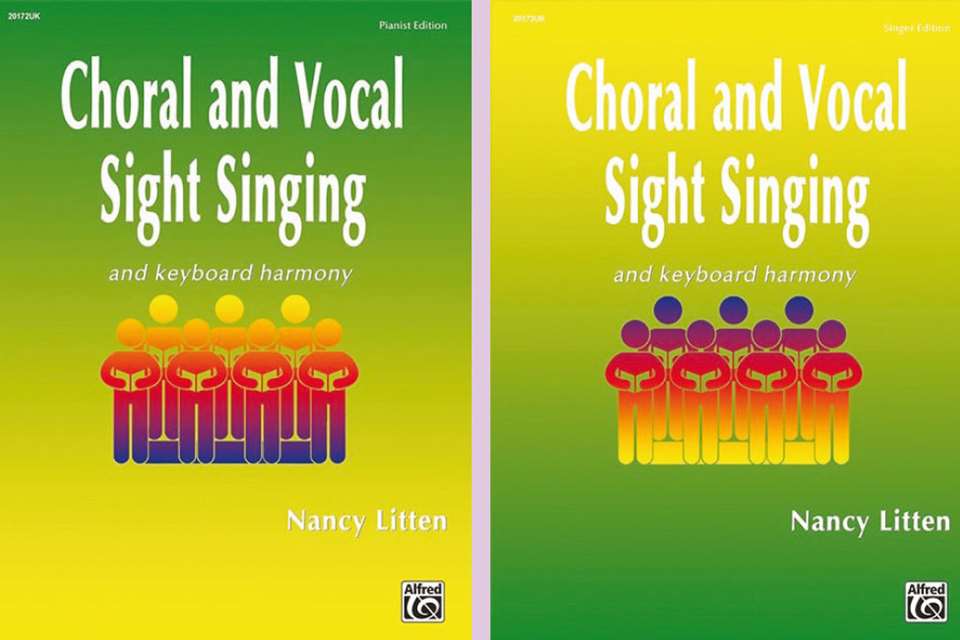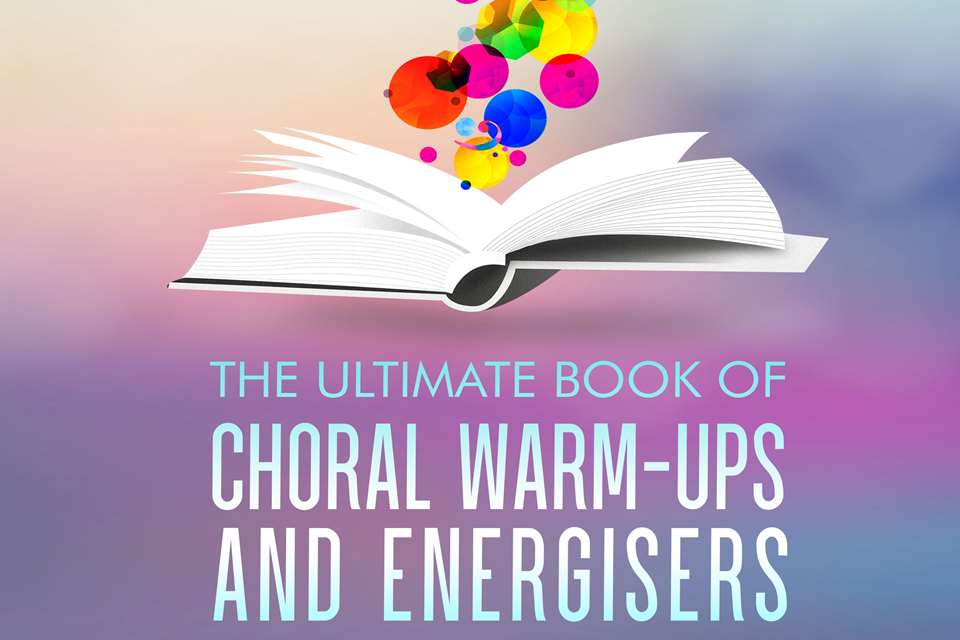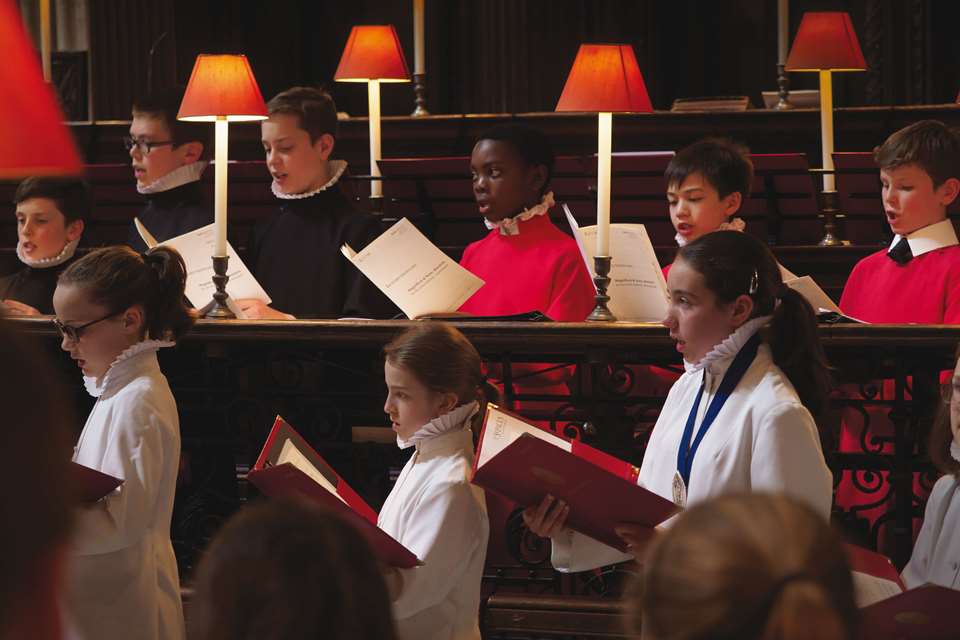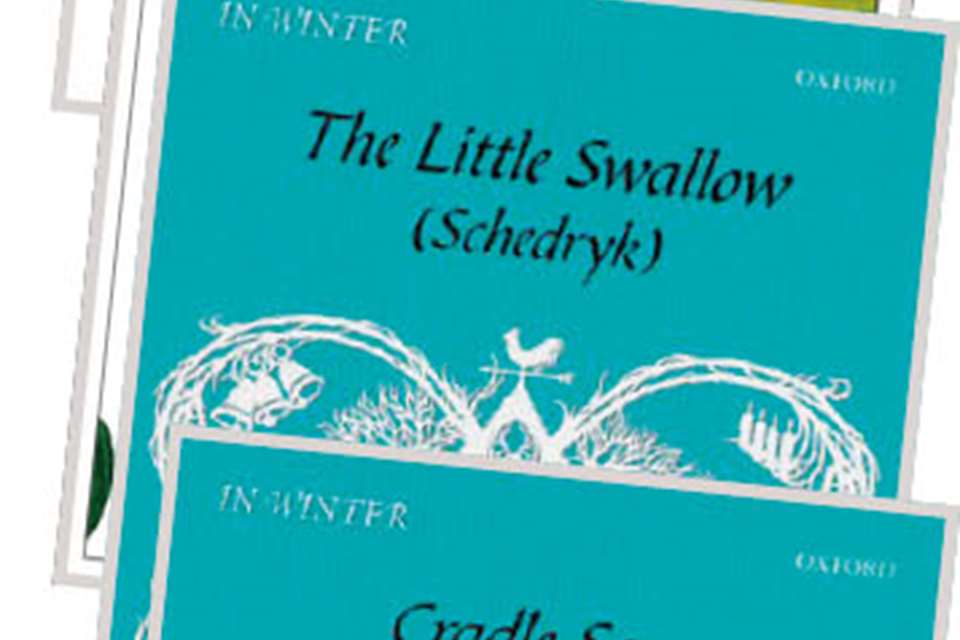Choral sheet music reviews: SAM-Klang series
Sally Martin-Brown
Saturday, July 1, 2023
Sally Martin-Brown reviews the SAM-Klang choral arrangement series by Morten Schuldt-Jensen, published by Hal Leonard.

Published as part of the Hal Leonard Choral series (launched July 2022), the SAM-Klang choral arrangements by Morten Schuldt-Jensen are extensive and varied. The title comes from ‘SAM’ in the German ‘zusammen’, meaning together, and ‘Klang’, the Danish word for harmony. The series is scored for Soprano, Alto, and ‘Men’, a tenor-bass amalgamation as the lower-voice part, and it serves groups that may not have enough tenors and basses to form SATB choirs. The series description explains how this ‘enables youth choirs to gain access to classical choral literature and ensures that mixed choirs who face challenges in finding singers for all male voice-parts, continue to have access to well-loved repertoire’. There is also mention of ‘tackling the financial burdens of large orchestral productions’.
Interestingly, on the SAMKlang website that links to Musicroom.com, the men's voices are referred to as ‘lower voices’, which is different from the published scores. This is an important nuance since it's inclusive of all singers, because choirs can have male altos, female tenors, and non-binary defined singers. On the landing page besides where you purchase scores, there are samples scores, and a useful YouTube playlist to some volumes.
The scores mention pronunciation guides on the website, although these were not immediately evident. UK choirs might need these if they wish to try out the less familiar Danish music. Languages sung in the other editions include German, Danish, Italian, Latin, French and English.
Selection
The range of music – from Mozart's requiem to motets, anthems, German romantic songs and Christmas carols – is impressive. There is certainly enough to explore. For the repertoire for choirs ‘with a lack of lower voices’, the music seeks to consolidate the forces a choir may have and produce close to a full-sounding performance of the chosen work as possible.
Looking at the well-known English repertoire, I was impressed by the mastery in the arrangements to convey the texture and vocal timbres of the original. The soprano melodies have little change, but the alto and M lines were part mixes of the ATB.
Madrigals
In the collection of English madrigals, five well-contrasted pieces are featured. In ‘April is in my mistress' face’ the imitative writing is sustained and well-crafted through changes to the original. While I expected changes to the third part as it became the new ‘Benor’ or ‘Tass’ part (I do feel the usual humour of choral singers would come up with an acronym for the changed line!), I was surprised at how many changes the alto part had. I think that this could be (initially) challenging for those who have known the line for years. The alto role moves from harmonising with the soprano, to singing the original alto entry, to vocalising the original tenor imitation with the bass. This is stimulating but not to be underestimated in terms of how different it feels. Juggling rehearsal time between the (known) sop line and ATB (who are learning a new one) would be something to consider when choosing known works.
If looking to work with younger voices, Thomas Ford's ‘Since first I saw your face’ has an M range of A2 to C4, with the alto from G3 to G4 for most of the time. The range of the second part may suit cambiata (or ‘changing’) voices better.
Anthems/Motets
As with the madrigals, parts in the Tudor Anthems 1 volume take on more than their original role, with some lines switching in order to maintain the flow and balance of the original polyphony. In Farrant's ‘Call to remembrance’ and ‘Lord, for thy tender mercy's sake’, both have an alto part which moves through F3 to G4, so the second part, again, may suit the changing voice. The bass ranges from G2 to D4 in the latter, while ‘Call to remembrance’ has a slightly smaller range. The ‘Men’ line has some tenor added but resembles, overall, the original bass, particularly at cadence points.
The volumes Charles Wood: Anthems, Classic British Anthems and DurufléMotets all contain material familiar to church choirs. Wood's ‘O thou, the central orb’ is a well-known classic and the ‘Jubilate in C’ by Benjamin Britten keeps the joyful fast-paced style, with the imitative entries well sustained, including in the final ‘Amen’. The Duruflé motets include ‘Ubi caritas et amor’ and ‘Notre Père’ as welcome additions. ‘Ubi caritas’, originally scored for SATTB, means more participation here from the sopranos, who were not featured previously until the middle section.
Any compendium of the sacred selections would suit services from Advent to Pentecost. The five anthems of Deutsche Romantik Geistlich 1 include Bruckner's ‘Locus iste’. The third part has a wide range in the lower register, so regular tenors might find the G2 on ‘inaestimabile’ testing to pitch.
Road-testing
Friends of mine helped road-test a selection of the arrangements. The altos and tenors said how they enjoyed the pieces they knew the least most of all, because there wasn't a version ‘playing in their head’. They often found it stimulating to sing a more detailed line than the original. The basses were tested at times by wider ranges, but enjoyed doing a less dominant/tonic focused line, compared to some originals. The singers generally felt that the three-part arrangements allowed all voices to experience more of the work, and, although this would change the timbre, the overall experience was positive.
Christmas
Of the collections of Christmas carols – the set of five in English – all are a cappella. ‘Ding! Dong! merrily on high’ is entertaining, with a different interaction from the regular versions in the ‘gloria in excelsis’ line. The third part anticipates the quavers of the soprano and the energy of this chorus is shared across all three parts, rather than sustained solely in the upper line. Choral singers are used to different arrangements of Christmas carols. This set would be useful when carol-singing outside or as part of a service, as a contrast to the traditional rendition.
Church choir budgets tend to be used on sets of single items for a particular festival. They don't tend to stretch to second editions of titles they already have, but Christmas can be an exception. Making these works available as separate downloads or single hard copies would help with tight budgets.
Secular offering
From Tudor madrigals to beautiful Brahms, Mendelssohn, or Hensel songs. With moods and stories for each season, the secular music of this series would suit summer outdoor concerts or a wistful autumn one. You’ll find a selection of less familiar Danish sacred and secular songs, as well as renaissance European love songs in German, French, Dutch or Italian, suitable for a trio, sextet or small group from the main choir.
Larger works
The larger works, including Haydn's The Creation, are significant for learning anew or for affording an alternative reading. For sixth-formers and college students learning singing or conducting, these editions may enable more ‘live’ exploration where larger forces aren't available. Singing through the Fauré requiem's ‘Agnus Dei’ worked well, although our group's basses had to sing a challenging F4, which surprised them in the moment!
‘The Heavens are telling’ from The Creation arguably requires more stamina than the SATB version; it's rather like competing with fewer numbers on a full-sized pitch. The three-part edition can be used with the original orchestration or with the piano reduction supplied, which is intentionally designed for more pianistically-challenged conductors.
Final thoughts
Choral societies, in the main, ask members to purchase their own copies, where others, including performing arts libraries, will build sets. These editions may not be affordable as more than a few sets at a time, even though the smaller collections at £4.99 and Haydn's The Creation at £15.99 seem reasonably priced when viewed individually. Compendiums of carefully selected secular or sacred pieces, according to typical programming, could be more affordable and desirable.
According to Morten Schuldt-Jensen, research has found that there are 36 million choral singers in Europe, of which one third are male. He says his project is ‘not a rescue boat to choirs that might dissolve’, but one designed to increase access to a wide range of choral music that might otherwise remain undiscovered. In the past, many composers created various versions of their works for performance. If writing in three-parts keeps all ages in touch with the wider repertoire and keen, then choral music and choir sizes at large (including SATB) should benefit.
The Sam-Klang choral series by Morten Schuldt-Jensen is published by Hal Leonard, ranging between £4.99 and £15.99 per collection.




